Rio Carnival - A Celebration of Life and Color
The Rio Carnival is a vibrant and lively celebration that embodies the essence of life and color. It is a world-renowned event that captivates millions of people with its dazzling parades, elaborate costumes, samba music, and infectious energy. The Carnival is a grand spectacle that brings together people from all walks of life to revel in the rich culture and heritage of Brazil.
Originating in the 18th century, the Rio Carnival has deep roots that trace back to Portuguese immigrants who brought their traditions to Brazil. Over the years, it has evolved into a magnificent display of artistry and creativity, showcasing the unique blend of cultures that make up the fabric of Brazilian society.
One of the key elements of the Rio Carnival is the samba schools, which compete in a fierce but friendly rivalry to put on the most spectacular show. These schools invest months of preparation into their performances, blending music, dance, and storytelling to create a mesmerizing experience for spectators.
Another integral part of the Carnival is the blocos, or street parties, where revelers come together to dance, sing, and celebrate in the streets of Rio. These spontaneous gatherings add an element of spontaneity and joy to the festivities, creating a sense of community and camaraderie among participants.
The iconic parade at the Sambadrome is a highlight of the Rio Carnival, featuring elaborate floats, dazzling costumes, and exuberant performers who showcase the best of Brazilian culture and craftsmanship. The parade is a feast for the senses, with music and dance filling the air and creating an atmosphere of joy and celebration.
Music plays a central role in the Rio Carnival, with the rhythmic beats of samba pulsating through the streets and infusing the atmosphere with energy and passion. The dance performances that accompany the music are a reflection of the vibrant spirit of Brazilian culture, showcasing the talent and skill of the performers.
The Rio Carnival holds significant cultural importance for the people of Brazil, serving as a time of unity, expression, and pride in their heritage. It is a moment to celebrate the diversity and richness of Brazilian culture, while also welcoming visitors from around the world to partake in the festivities and experience the magic of the Carnival.
As one of the biggest events in Brazil, the Rio Carnival has a profound impact on tourism, drawing millions of visitors each year and boosting the local economy. The Carnival serves as a platform to showcase the country's diverse culture and traditions on a global stage, attracting attention and admiration from people worldwide.
Despite its popularity, the Rio Carnival faces challenges and controversies, including issues of safety, funding, and cultural appropriation. Organizers work tirelessly to address these concerns and ensure that the Carnival remains an authentic and inclusive celebration that honors the spirit of Brazilian culture.
Looking ahead, the future of the Rio Carnival is one of adaptation and evolution in a changing world. Organizers are constantly innovating and exploring new ways to keep the Carnival relevant and engaging, while staying true to its roots and preserving the magic that has made it a beloved event for generations.

History of the Rio Carnival
The Rio Carnival has a rich and fascinating history that dates back to the 18th century. It all began when Portuguese immigrants brought their cultural traditions to Brazil, laying the foundation for what would eventually become one of the most extravagant and vibrant celebrations in the world. Over the years, the Rio Carnival has evolved and grown, incorporating various elements from different cultures and communities to create a truly unique and spectacular event.
One of the key aspects of the Rio Carnival's history is the emergence of samba music and dance as integral parts of the festivities. Samba, with its infectious rhythms and energetic movements, has become synonymous with the Carnival, captivating both participants and spectators alike. The evolution of samba schools and blocos (street parties) has further enriched the cultural tapestry of the event, showcasing the diversity and creativity of Brazilian heritage.
The parade at the Sambadrome is another iconic element of the Rio Carnival's history. This grand procession, featuring elaborate floats, dazzling costumes, and passionate performers, is a testament to the dedication and artistry of the participants. Each year, the Sambadrome comes alive with the sounds of samba music and the cheers of the crowd, creating an electrifying atmosphere that is truly unforgettable.
As the Rio Carnival continues to evolve and adapt to modern times, its history remains a testament to the resilience and creativity of the Brazilian people. Through centuries of tradition and innovation, the Carnival has become not just a celebration, but a symbol of unity, diversity, and the enduring spirit of life itself.

Traditional Elements
The Rio Carnival is steeped in tradition, with various elements that have been integral to this grand celebration for centuries. One of the most iconic components of the Carnival is the samba schools, which are community groups that compete in a fierce parade competition at the Sambadrome. These schools invest months of preparation into creating elaborate floats, costumes, and choreography, showcasing the essence of Brazilian culture and creativity.
Another traditional element of the Rio Carnival is the blocos, which are street parties that take place throughout the city. These blocos bring together locals and tourists alike, creating a festive atmosphere filled with music, dancing, and revelry. Each bloco has its own unique theme and style, adding to the diverse tapestry of the Carnival experience.
The parade at the Sambadrome is a highlight of the Rio Carnival, where the samba schools display their elaborate creations in front of a massive audience. The Sambadrome is a purpose-built parade avenue that allows for the grandeur and spectacle of the Carnival to shine through, with participants showcasing their talent and passion for samba music and dance.

Costumes and Parades
Exploring the vibrant and lively Rio Carnival, a world-famous event known for its dazzling parades, elaborate costumes, samba music, and infectious energy that brings together millions of people to celebrate life and culture.
Delve into the origins of the Rio Carnival, tracing back to the 18th century when Portuguese immigrants brought their traditions to Brazil, evolving into the extravagant spectacle it is today.
Discover the traditional components of the Rio Carnival, such as the samba schools, blocos (street parties), and the iconic parade at the Sambadrome, each contributing to the rich tapestry of this cultural celebration.
Embark on a journey to explore the intricate and colorful costumes that grace the streets of Rio during the Carnival. These costumes are not merely fabric and sequins; they are vibrant expressions of creativity and cultural pride. Each costume tells a story, weaving together history, tradition, and modern flair in a dazzling display of artistry.
The parade floats that glide through the streets are not just vehicles for performers; they are moving works of art. Adorned with intricate designs, vibrant colors, and larger-than-life figures, these floats captivate onlookers and transport them to a world of fantasy and wonder. Each float is a masterpiece, a labor of love that embodies the spirit of the Carnival.
Immerse yourself in the rhythmic beats of samba music that fill the streets of Rio during the Carnival, accompanied by energetic dance performances that reflect the passion and spirit of Brazilian culture.
Understand the cultural importance of the Rio Carnival to the people of Brazil, serving as a time of unity, expression, and pride in their heritage, while also attracting visitors from around the world to experience the festivities.
Examine the significant impact of the Rio Carnival on tourism in Brazil, drawing millions of visitors each year and boosting the local economy, as well as promoting the country's diverse culture and traditions on a global stage.
Discuss the challenges and controversies faced by the Rio Carnival, including issues of safety, funding, and cultural appropriation, as organizers strive to maintain the authenticity and spirit of this iconic event.
Consider the future evolution of the Rio Carnival in a changing world, as organizers adapt to modern challenges while preserving the essence of this beloved celebration that continues to captivate audiences worldwide.
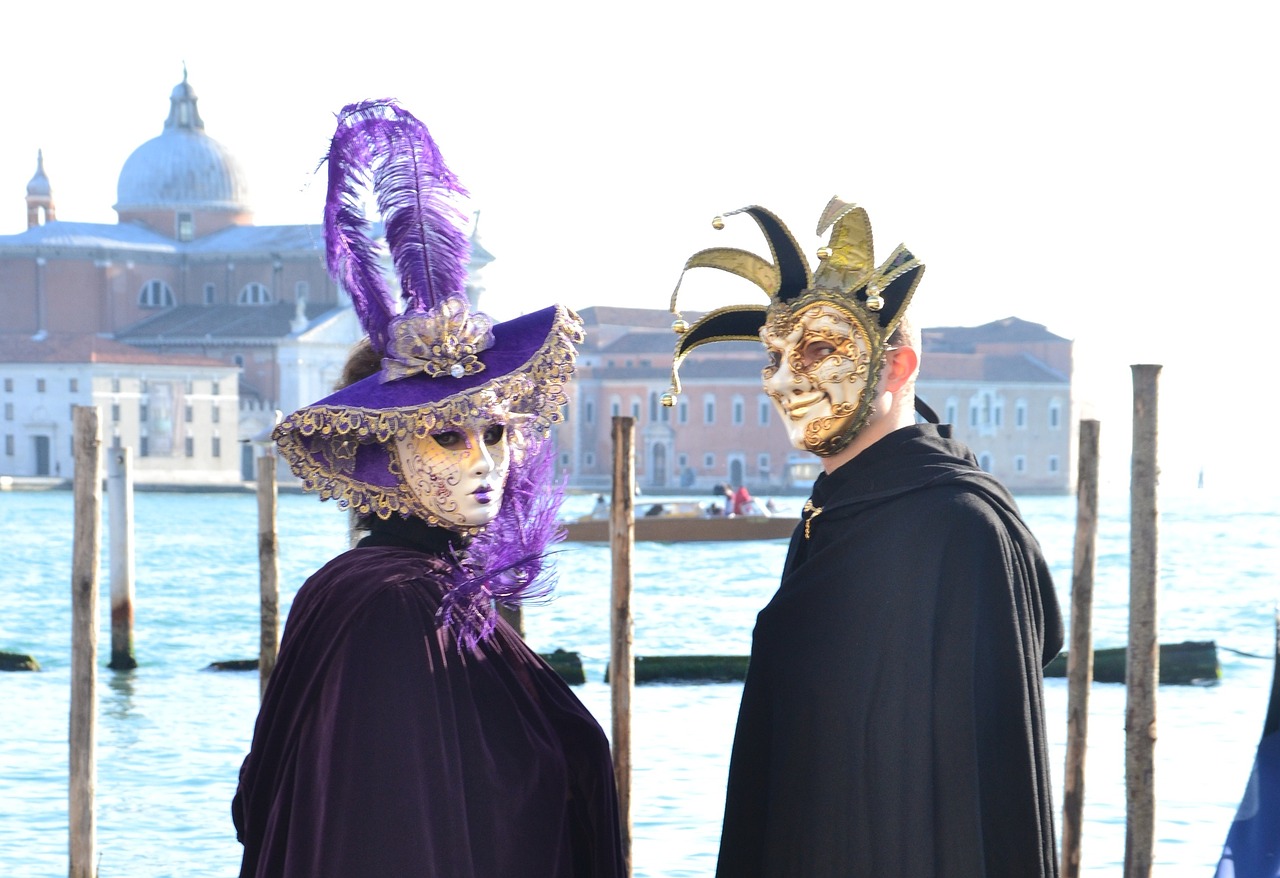
Music and Dance
Immerse yourself in the rhythmic beats of samba music that fill the streets of Rio during the Carnival. The pulsating sounds create a vibrant atmosphere, inviting both locals and tourists to sway to the infectious rhythm. Samba music, with its origins deeply rooted in Afro-Brazilian culture, serves as the heart and soul of the Rio Carnival, infusing every corner of the city with energy and excitement.
Accompanying the lively music are energetic dance performances that reflect the passion and spirit of Brazilian culture. The dancers, adorned in dazzling costumes, move in harmony with the music, showcasing their skill and agility. From traditional samba steps to contemporary choreography, the dance performances at the Rio Carnival are a mesmerizing display of talent and artistry.
The parades themselves are a spectacle to behold, with participants moving in perfect synchronization to the rhythm of the music. Elaborate floats adorned with intricate designs and vibrant colors glide through the streets, each telling a story and adding to the overall grandeur of the event. The combination of music and dance creates a sensory explosion, captivating all who witness the celebration.
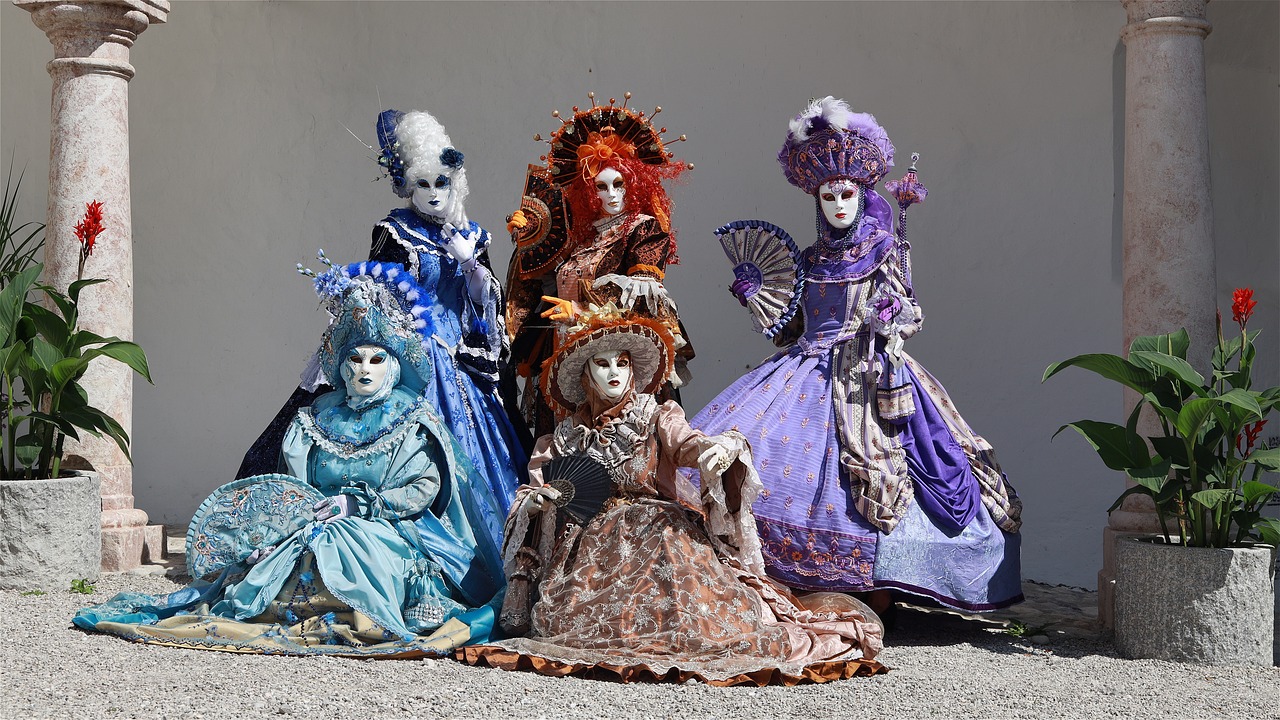
Cultural Significance
The of the Rio Carnival goes beyond its dazzling displays and lively atmosphere. This event holds a deep meaning for the people of Brazil, serving as a time of unity, expression, and pride in their rich cultural heritage. It is a moment when different social classes come together to celebrate life, forgetting their differences and embracing their shared identity as Brazilians. The Carnival serves as a platform for artistic expression, where participants can showcase their creativity through music, dance, and elaborate costumes that reflect the diversity and vibrancy of Brazilian culture.
Moreover, the Rio Carnival plays a crucial role in preserving and promoting traditional Brazilian customs and values. It serves as a link to the country's past, connecting the present generation with age-old traditions that have been passed down through the centuries. The Carnival is a manifestation of Brazilian identity, encapsulating the spirit of joy, resilience, and community that defines the nation.
Furthermore, the cultural significance of the Rio Carnival extends beyond the borders of Brazil, attracting visitors from around the world who come to experience the unique blend of music, dance, and celebration. This international appeal not only showcases the cultural richness of Brazil but also fosters cross-cultural exchange and understanding among people from diverse backgrounds. The Carnival serves as a global ambassador for Brazilian culture, spreading its influence and impact far and wide.
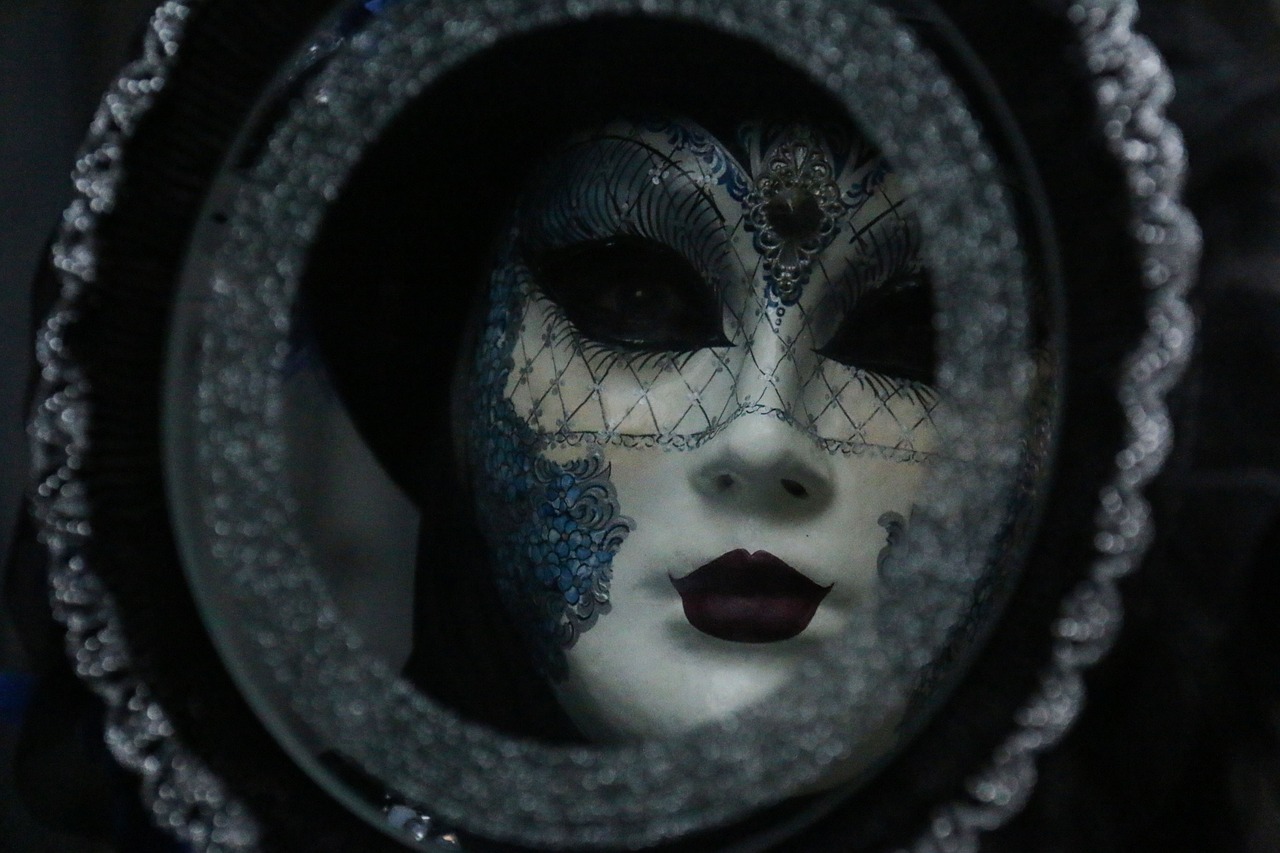
Impact on Tourism
The Rio Carnival has a profound impact on tourism in Brazil, drawing millions of visitors from around the globe each year. This spectacular event serves as a major attraction for tourists seeking to immerse themselves in the vibrant culture and lively atmosphere of Rio de Janeiro. The influx of visitors during the Carnival season significantly boosts the local economy, with hotels, restaurants, and businesses experiencing a surge in revenue as a result of the increased tourism activity.
Moreover, the Rio Carnival plays a crucial role in promoting Brazil's diverse cultural heritage on an international scale. Through the dazzling parades, colorful costumes, and energetic samba music, the Carnival showcases the unique traditions and spirit of Brazilian culture, captivating audiences worldwide and attracting cultural enthusiasts and travelers alike.
Not only does the Rio Carnival contribute to the economic growth of the region, but it also fosters a sense of unity and pride among the Brazilian people. The event serves as a time of celebration and expression, allowing both locals and visitors to come together and revel in the joyous festivities, creating unforgettable memories and forging lasting connections.
Furthermore, the global visibility and popularity of the Rio Carnival have helped position Brazil as a top tourist destination, drawing attention to the country's rich history, vibrant arts scene, and warm hospitality. The Carnival serves as a cultural ambassador, inviting people from all corners of the world to experience the magic and excitement of this iconic celebration firsthand.
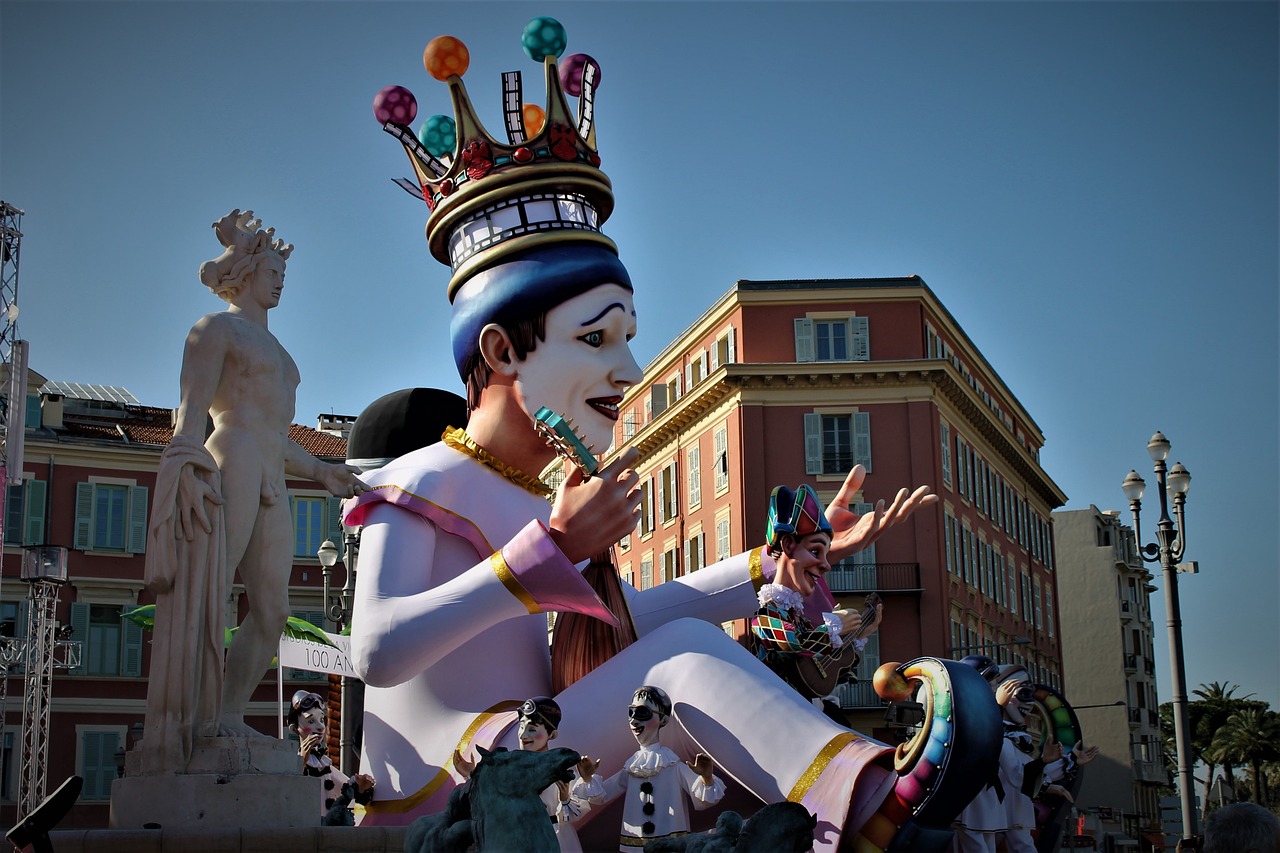
Challenges and Controversies
When it comes to the Rio Carnival, it's not all glitter and glamour. Like any major event, this vibrant celebration faces its fair share of challenges and controversies that threaten to dampen the festive spirit. One of the primary concerns revolves around safety, as the massive crowds and lively atmosphere can sometimes lead to overcrowding and potential security risks. Organizers work tirelessly to ensure the well-being of participants and spectators, implementing measures to maintain order and prevent any untoward incidents.
Another contentious issue that the Rio Carnival grapples with is funding. Putting together such a grand spectacle requires substantial financial resources, and securing sponsorships and support can be a daunting task. The event's sustainability relies heavily on funding, and any shortfall could impact the scale and quality of the festivities. Balancing the need for financial backing with preserving the authenticity of the Carnival poses a constant challenge for organizers.
Cultural appropriation is a hot topic surrounding the Rio Carnival, as the commercialization of traditional elements raises questions about respect for the cultural heritage of Brazil. With the increasing influence of global trends and commercial interests, there is a delicate balance to strike between honoring tradition and adapting to modern tastes. Critics argue that certain aspects of the Carnival risk losing their cultural significance in favor of commercial appeal, sparking debates within the community.
As the Rio Carnival continues to evolve and adapt to changing times, addressing these challenges and controversies becomes crucial to maintaining its status as a cherished cultural event. By navigating issues of safety, funding, and cultural authenticity with care and consideration, the Carnival can preserve its essence while embracing innovation and inclusivity for future generations to enjoy.
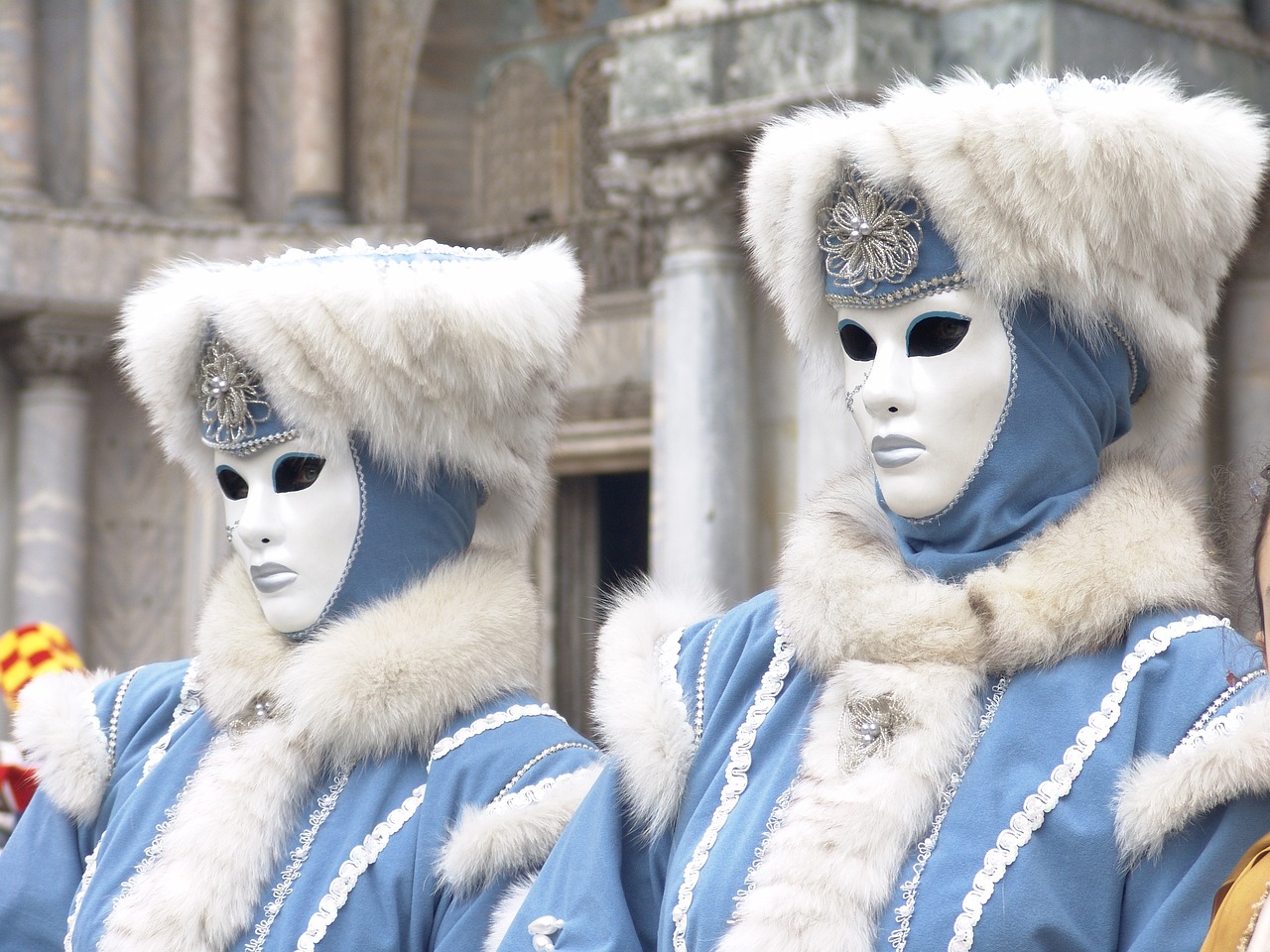
Future of the Rio Carnival
The future of the Rio Carnival holds both excitement and challenges as this iconic event looks ahead to evolving in a rapidly changing world. Organizers are faced with the task of balancing tradition with modernity, ensuring that the essence of the Carnival is preserved while also adapting to meet the expectations of a contemporary audience.
One aspect of the future of the Rio Carnival lies in embracing technology to enhance the overall experience for participants and spectators. This could involve incorporating virtual reality elements into the parade floats or utilizing social media platforms to engage a global audience in real-time during the festivities.
Furthermore, sustainability and environmental considerations are becoming increasingly important in event planning. The future of the Rio Carnival may see a shift towards eco-friendly practices, such as using biodegradable materials for costumes and floats, as well as implementing recycling programs to reduce waste generated during the event.
As the world becomes more interconnected, the Rio Carnival has the opportunity to further expand its reach and cultural impact on an international scale. By fostering partnerships with global sponsors and promoting cross-cultural exchanges, the Carnival can continue to attract diverse audiences from around the world, enriching the experience for both locals and visitors alike.
In conclusion, the future of the Rio Carnival is a dynamic and ever-evolving journey that promises to uphold the traditions and spirit of this vibrant celebration while embracing innovation and change. By staying true to its roots while embracing new possibilities, the Rio Carnival is poised to continue captivating audiences for generations to come.
Frequently Asked Questions
- What is the history behind the Rio Carnival?
The Rio Carnival traces its origins back to the 18th century when Portuguese immigrants brought their cultural traditions to Brazil, evolving into the extravagant spectacle it is today.
- What are the traditional elements of the Rio Carnival?
The traditional components of the Rio Carnival include samba schools, blocos (street parties), and the iconic parade at the Sambadrome, all contributing to the rich tapestry of this cultural celebration.
- How are costumes and parades significant in the Rio Carnival?
The Rio Carnival features intricate and colorful costumes designed to dazzle, as well as elaborate parade floats showcasing the creativity and craftsmanship of the participants, adding to the vibrant atmosphere of the event.
- What role does music and dance play in the Rio Carnival?
Music and dance are integral to the Rio Carnival, with rhythmic samba beats filling the streets and energetic performances reflecting the passion and spirit of Brazilian culture, creating an immersive experience for participants and spectators alike.
- Why is the Rio Carnival culturally significant?
The Rio Carnival holds cultural importance for the people of Brazil, serving as a time of unity, expression, and pride in their heritage, while also attracting visitors from around the world to partake in the festivities and experience Brazilian culture.
- What impact does the Rio Carnival have on tourism?
The Rio Carnival significantly boosts tourism in Brazil, drawing millions of visitors annually, stimulating the local economy, and promoting the country's diverse culture and traditions on a global platform.
- What are some challenges faced by the Rio Carnival?
The Rio Carnival faces challenges such as safety concerns, funding issues, and debates over cultural appropriation, as organizers strive to maintain the authenticity and spirit of the event while addressing these complex issues.
- How is the future of the Rio Carnival being shaped?
The future of the Rio Carnival involves adapting to modern challenges while preserving the essence of the celebration, as organizers navigate changes in the world to ensure the event continues to captivate audiences worldwide.



















